Most plastic parts need additional processing before completion. Many of these processes work towards improving the appearance and aesthetics of the product. One of those processes is the inclusion of mold surface textures.
Surface finish is a critical factor when it comes to the appearance of your product. It also influences the performance of the product. Therefore, you can say that it serves both a functional and aesthetic purpose. You must understand that your choice of mold texture is a crucial factor. It determines the look, feel, and performance of your product.
Manufacturers use some special vocabulary when talking about mold texture. That is why we have created this guide to get you familiar with the details of mold surface textures. First, let’s discuss surface texture and its importance.
What is Surface Texture?
When it comes to manufacturing, the surface texture is the 3-dimensional topography of a given solid. It is impossible to get a perfectly featureless or flat surface topography. Therefore, there is some kind of texture on every surface.
You can see some of these textures as regular repeating patterns. Some of them can be rather random and a lot difficult to describe generally. Generally, texturing involves the creation of an array of patterns on the surface of products.
There are three major specialized terms used to describe surface textures. They are:
- Lay: The lay of a surface finish is the general direction of its pattern. The lay is created by the process used in making the surface. Such a process could include milling, sanding, grinding, and others.
- Waviness: When a machine tool moves over a large area, it causes what we know as waviness. The waveform, in this case, occurs due to repeating cyclical vibrations on a workpiece. That is, a CNC machine tool can create characteristic marks on a piece as it spins on the surface.
- Roughness: Surface roughness occurs due to the interaction between a cutting tool and the surface. Such interactions may be the result of random, chaotic cutting.
Advantages of Mold Surface Textures
Part designers choose mold textures for both aesthetic and functional reasons. While you might have taken precautions during manufacturing, batches of products may not always be perfect. This is where mold texture comes in. The major benefits of mold texture in surface finish include the following:
- It improves the appearance of your product. You can easily mask imperfections in products. That is, surface texture can work as camouflage for flow lines, sinks, burn marks, and other defects.
- Elimination of plastic flow creases. The addition of textured thickness can help eliminated flow creases. It also helps to improve the strength of the product.
- Improved Grip. Adding surface texture helps to improve the non-slip qualities of materials. This makes it easy to hold the part. Thereby, it improves its usability and safety of the application.
- Enhanced Strength and Adhesion. Surface texture can help your part withstand contact damage while shipping. The part will also withstand possible smudges from fingerprints. A textured part also tends to hold pain more firmly. This is important for additional molding operations.
Different Types of Mold Surface Textures
Mold Surface Textures Made by Polishing
The injection molding surface finish standards classify these types in category A. They are the highest grades, offering shiny and glossy parts. For this type of texture, a rotary tool is used to polish the surface.
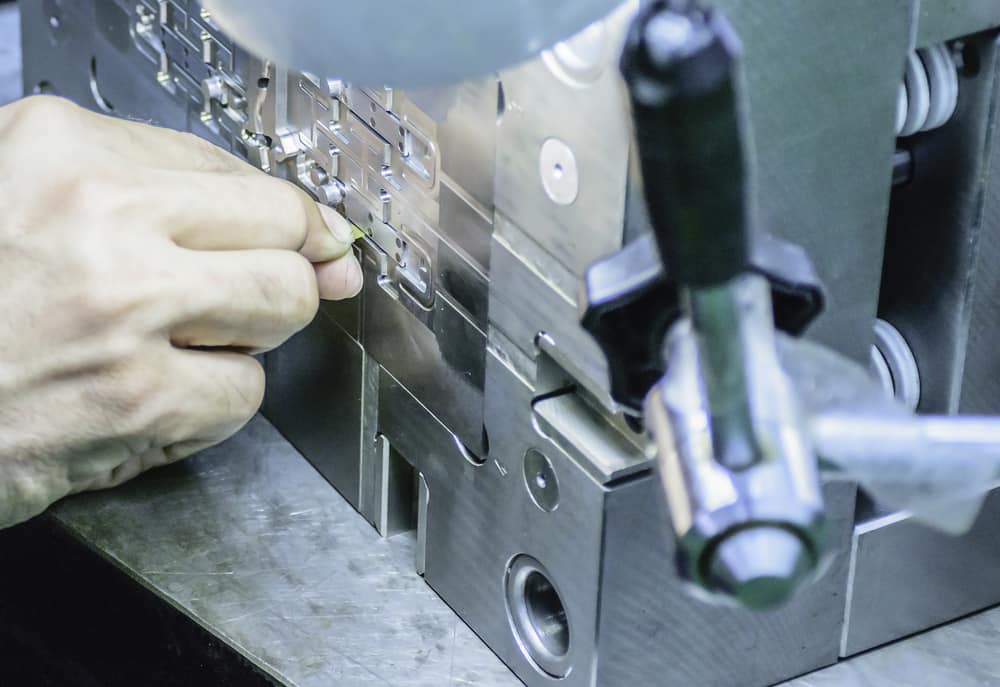
The polishing occurs in a non-linear, random fashion. In this case, the waviness of the surface has no direction. Therefore, the pattern appears the same, regardless of the angle you view from.
Mold Surface Textures Made by Sandpaper
This is Category B of the injection molding surface finish standards. Applying the surface texture, in this case, occurs in a back-and-forth manner. Therefore, you will notice some linear scratches with some obvious patterns.
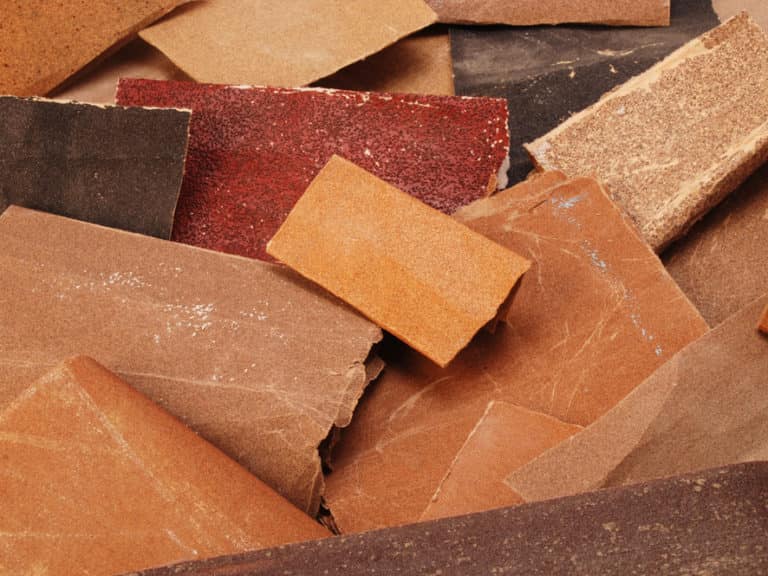
Manufacturers consider this type of SPI surface finishes as semi-gloss. However, it hides mold defects perfectly and producing it is less expensive than polishing. The sanding grit used for these finishes ranges from 320 grit to 600 grit.
Mold Surface Textures Made with Grit Stone
Creating these types of textures occurs with the help of grit sanding stones. The grit of these stones can also range from 320 to 600. This is similar to that of sandpaper finishes. However, textures made with grit stones leave much rougher surfaces.
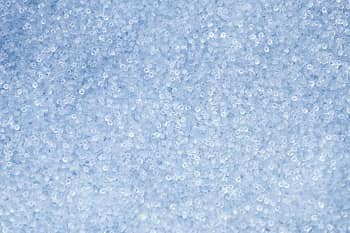
The surfaces are also less flat. This is because the stones have more aggressive cutting actions. This is one of the fastest ways of erasing mold or tooling marks. There’s usually a matte finish left on plastic parts.
Mold Surface Textures Made by Blasting
Abrasive blasting helps to create rougher finishes. This type of texturing makes use of glass beads or sand. This corresponds to the SPI surface finish Category D.
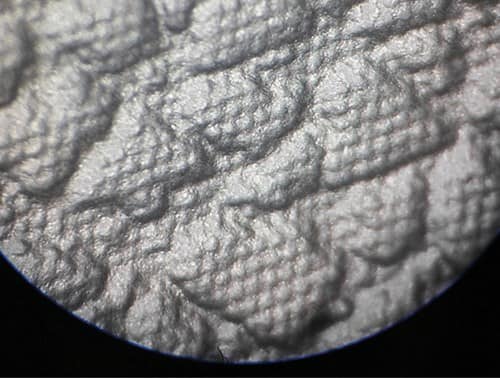
The random nature of the blasting and spraying results in a non-directional and uniform finish. This type of mold texture helps to create flat and dull finishes.
Mold Surface Textures Made with EDM
EDM stands for Electronic Discharge Machining. This type of surface finish gives a similar result as spark erosion. The approach chosen will depend on the feature and type of material you wish to process.
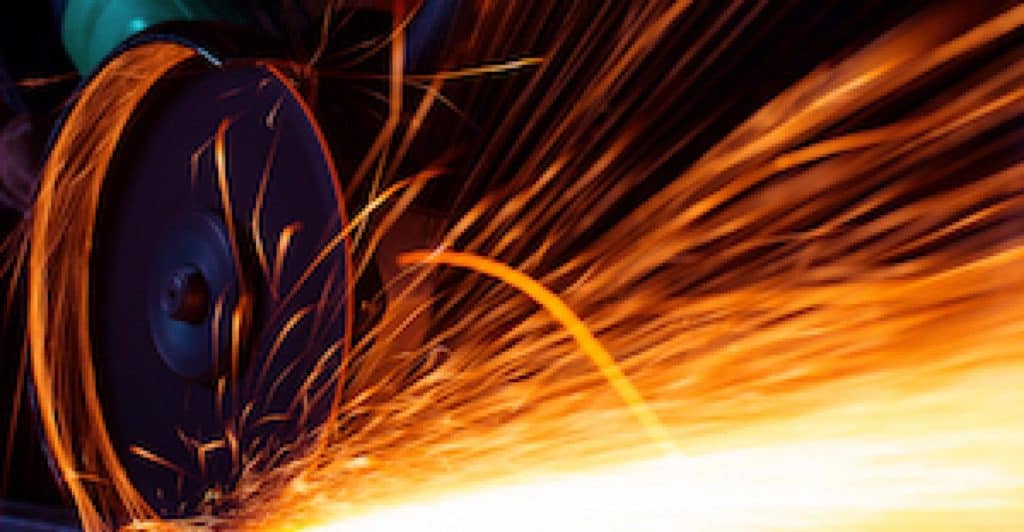
Mold Surface Textures Made with Satin
This is another quick process that helps to create flat surfaces. It is relatively more durable than the blasting process. It is also a great way to cover weld and sink marks on rough surfaces.
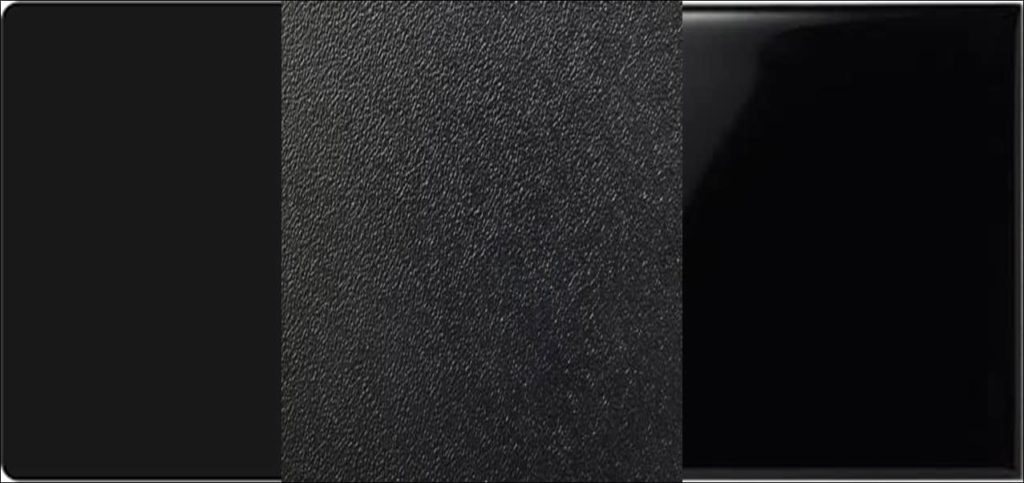
SPI Surface Finish Standard
SPI stands for the Society of the Plastics Industry. This society sets the standards for plastics industries in the United States. The surface features of parts must abide by the SPI surface finish standard. The standards identify the aesthetic qualities of plastic materials. There are twelve different SPI surface finish grades. The grades are divided into four categories. Each category has separate requirements for permissible deviation from perfect. The categories include:
Shiny Finish
This category includes SPI grades A-1, A-2, and A-3. These grades show high gloss finishes on hardened steel molds. The steel molds are usually buffed to give a mirror luster using a fine diamond powder that is suspended in oil.
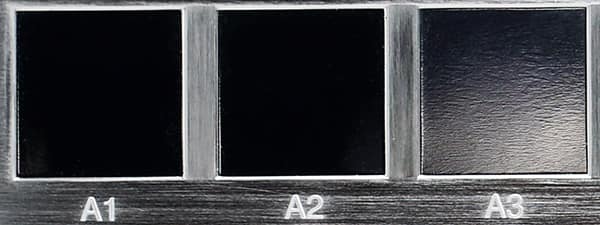
Finishes in this category are shiny, smooth, and are often expensive. These are the grades used to make visors, plastic mirrors, and other optical parts.
Semi-Gloss Finish
This surface finish category includes SPI grades B-1, B-2, and B-3. This category specifies semi-gloss finishes. Molders carry out the finishes with some sheen and hardened tool steel molds.
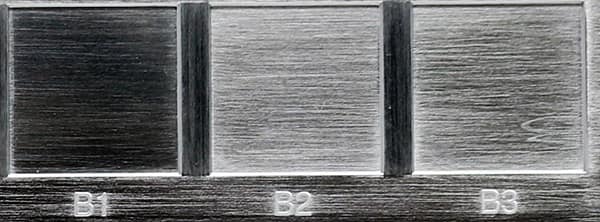
The molds are polished with ultra-fine grit sandpaper. Some manufacturers also make use of emery cloth. Plastic parts finished with this process don’t show injection molding defects.
Matte Finish
This includes the SPI grades C-1, C-2, and C-3. It is a category that specifies matte finish from steel molds. Then, there’s the polishing of the surface with fine stone powders.
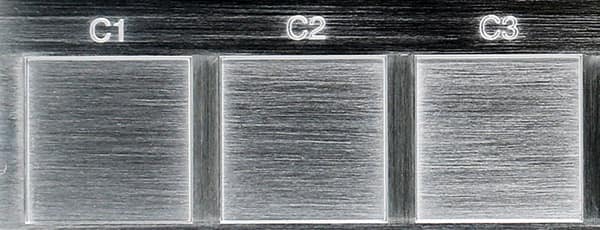
These finishes won’t show defects like tools or machining marks. The best applications are on diecast or thermoset industrial parts.
Textured Finish
Lastly, there is the textured finish. This category is classified under SPI grades D-1, D-2, and D-3. The molder first smoothens the mold used for the finish with fine stone powder. The molder then dry blasts with aluminum oxide.
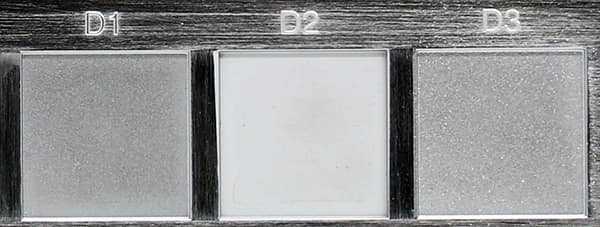
Sometimes, glass bead also proves helpful. A textured finish gives the surface a good grip characteristic. It is also an effective way of hiding injection molding defects and fingerprint smudges.
Factors to Consider While Deciding Mold Surface Textures
Injection molding surface texture options may vary depending on various reasons. It may be due to the quality of the part desired or the chemical makeup. You need to communicate with your design engineer to ensure that you choose the best surface texture for your parts. This will help you get the desired results in terms of performance and aesthetics.
These fundamental factors will help you while choosing mold texture for your parts.
Aesthetics and Functionality
Mold texture aims to improve the appearance of the part while ensuring it performs its functions. Therefore, you need to consider the kind and level of aesthetics you need for your product. This will help you choose the desired surface finish grade. Also, the aesthetic must work in hand with the intended function of the part.
Material Choice
Different materials have different chemical and physical properties. Properties such as melting temperature play an important role in a material’s ability to deliver a specific surface finish. Additives also affect the end result of a finished part. Therefore, it is important to consider the various materials before choosing the surface texture.
Temperature & Injection Velocity
Another factor that influences the result of a surface finish is the injection speed of the molten material. Glossy finishes will require a fast injection speed. This is because there will be a faster filling of the mold cavity. Consequently, this reduces the visibility of defects and improves the appearance of the finish.
Conclusion
Mold surface textures are very crucial for the functionality and aesthetics of your product. Therefore, it is important that you understand the various details and surface finish standards. This article discusses the various mold surface textures. It also tells you the factors you must consider while choosing a mold texture.
It will help if you work with a skilled injection molding company. At RapidDirect, we help you make the right decisions regarding your part’s surface finish. We understand the importance of surface texture in plastic fabrication. Therefore, we are ready to help you through this design phase and achieve the best results.
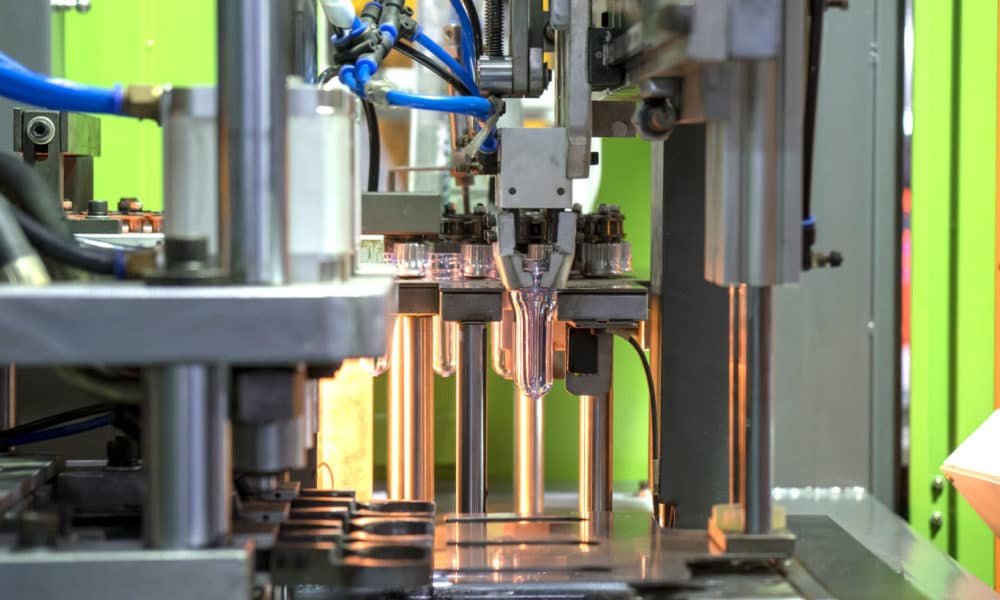
We make quality services our priority at RapidDirect. We are also known across the plastic surface finish chart and SPI classification spectrum. Therefore, you can be sure that we can help you determine the best surface texture that meets your quality objectives. With the help of our experienced and knowledgeable engineers, we work to achieve the best results within a reasonable lead time.
FAQ – Mold Surface Textures
It will help if you consider function, aesthetics, and cost when choosing a surface finish. The function is a very important criterium. It helps to ensure that your part still performs its desired function after getting the surface finish.
It is important to texture plastic parts for many reasons. Texturing helps to blend a worked-on area into the original material successfully. It also helps in improving the part’s usability and safety of the application. Furthermore, it increases the part’s adhesion and strength.


